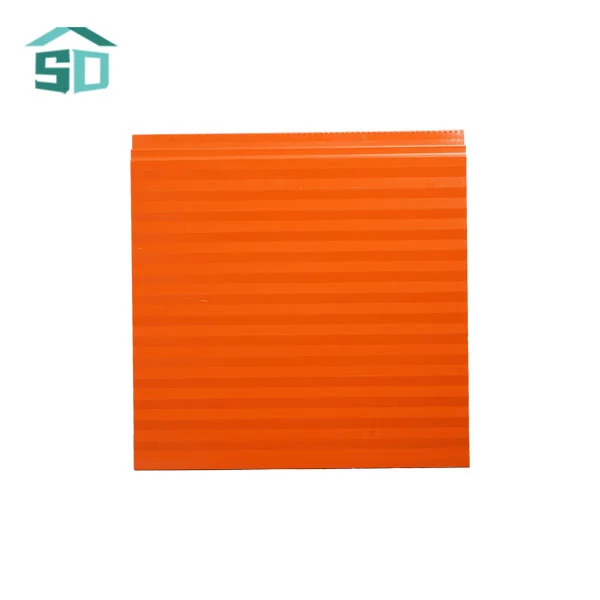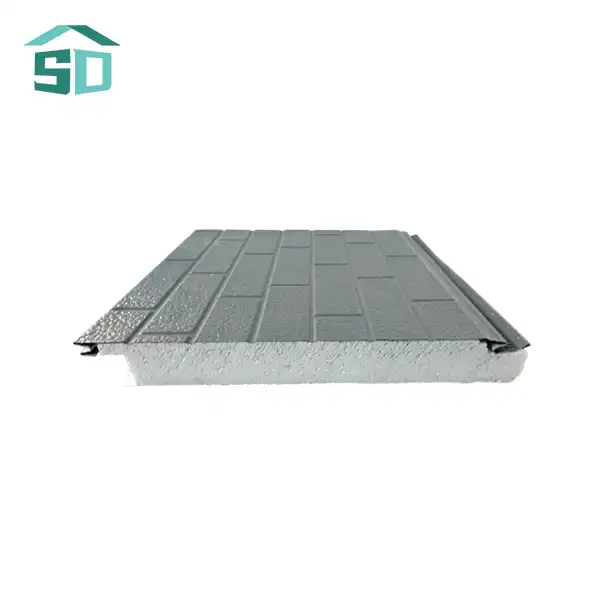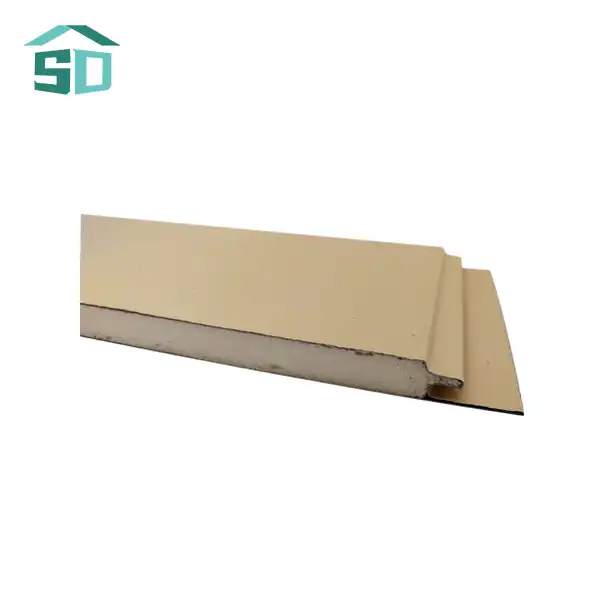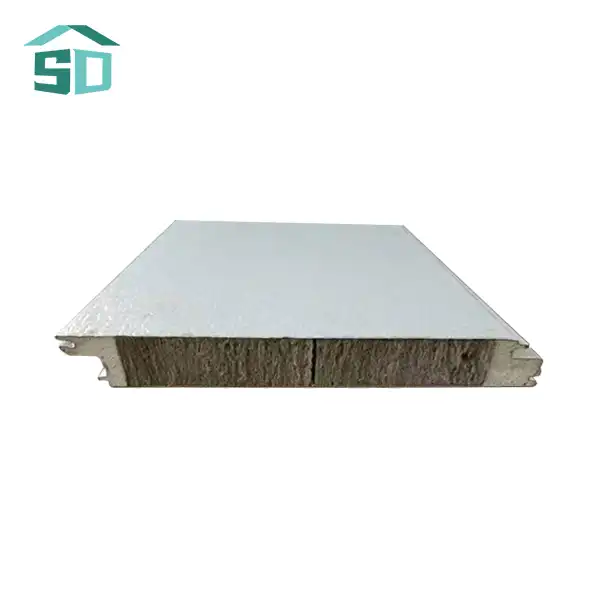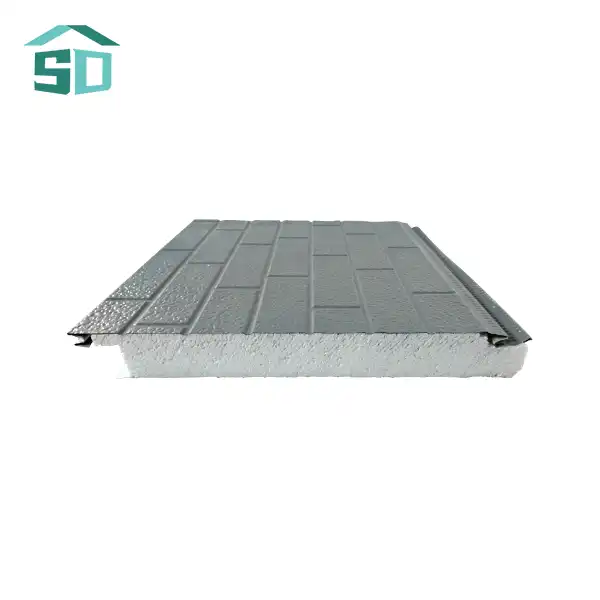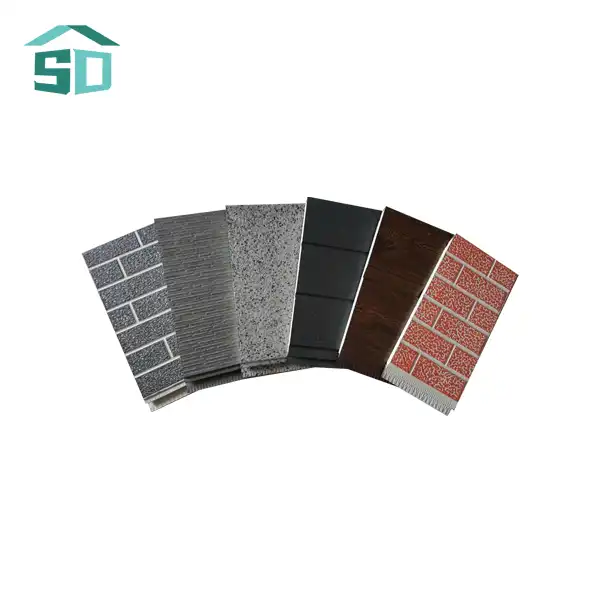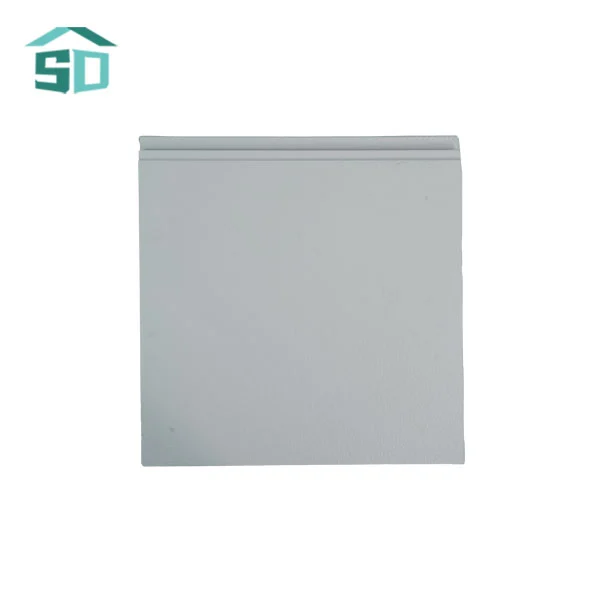The Science Behind Decorative Foam Insulation Panels
Composition and Thermal Properties
Decorative foam insulation panels are crafted from high-density polyurethane foam, a material renowned for its exceptional insulative qualities. This composition allows the panels to achieve an impressive R-value of 6.5 per inch, significantly higher than many traditional insulation materials. The closed-cell structure of the foam effectively traps air, creating a formidable barrier against heat transfer. This translates to superior temperature regulation within buildings, keeping interiors cool in summer and warm in winter.
Moisture Resistance and Durability
One of the key advantages of decorative foam insulation panels is their inherent moisture resistance. The closed-cell structure not only enhances thermal performance but also prevents water absorption. This characteristic is crucial in maintaining the integrity of the insulation over time and preventing the growth of mold and mildew. The durability of these panels ensures long-lasting performance, making them a cost-effective solution for both new construction and renovation projects.
Sound Attenuation Properties
Beyond thermal insulation, decorative foam panels excel in sound attenuation. The dense foam structure absorbs sound waves, significantly reducing noise transmission between rooms or from the exterior. This acoustic benefit is particularly valuable in multi-family housing, office spaces, or areas near high-traffic zones, contributing to a more peaceful and productive environment.
Aesthetic Versatility and Design Flexibility
Customization Options
The aesthetic appeal of decorative foam insulation panels lies in their remarkable customization potential. Available in a wide array of colors, textures, and finishes, these panels can complement any interior design scheme. From smooth, modern surfaces to textured, rustic appearances, the options are virtually limitless. Manufacturers offer standard sizes of 1m x 1m and 1m x 2m, with custom dimensions available to suit specific project requirements. This flexibility allows architects and designers to create unique, visually striking spaces without compromising on insulation performance.
Integration with Existing Decor
One of the most significant advantages of decorative foam insulation panels is their seamless integration with existing decor. Whether in a contemporary office setting or a traditional home, these panels can be tailored to blend harmoniously with the surrounding environment. Their lightweight nature allows for easy installation on walls and ceilings, often without the need for significant structural modifications. This adaptability makes them an ideal choice for both new construction and renovation projects, offering a quick and efficient way to upgrade both the aesthetics and energy efficiency of a space.
Creative Applications
Beyond traditional wall and ceiling applications, decorative foam insulation panels open up a world of creative possibilities. They can be used to create eye-catching accent walls, custom ceiling designs, or even three-dimensional art installations. The panels' ease of cutting and shaping allows for intricate designs and patterns, enabling architects and designers to push the boundaries of interior aesthetics while maintaining optimal insulation properties.
Installation and Maintenance: Simplicity Meets Longevity
Ease of Installation
The installation process for decorative foam insulation panels is remarkably straightforward, contributing to their growing popularity among contractors and DIY enthusiasts alike. The lightweight nature of the panels, typically weighing significantly less than traditional insulation materials, makes handling and positioning a breeze. The installation process generally involves a few simple steps: preparing the surface, cutting the panels to size (if necessary), applying adhesive, and pressing the panels firmly into place. This simplicity not only reduces installation time but also minimizes labor costs, making it an attractive option for large-scale projects.
Tools and Accessories
To complement the installation process, a range of specialized tools and accessories are available. These include specially formulated adhesives designed to ensure optimal bonding between the panels and various substrates. Sealing kits are also provided to ensure water and air tightness, particularly crucial for exterior applications. For a polished finish, trims and moldings are available to create clean edges and corners, enhancing the overall aesthetic appeal of the installation.
Long-term Maintenance and Durability
One of the most compelling aspects of decorative foam insulation panels is their minimal maintenance requirements coupled with exceptional durability. The panels are resistant to common issues such as cracking, peeling, or warping, which can plague other types of wall coverings. Their moisture-resistant properties also make them less susceptible to water damage and mold growth. In most cases, routine cleaning with mild soap and water is sufficient to maintain their appearance. This longevity not only ensures sustained aesthetic appeal but also preserves the insulation properties over time, providing long-term energy savings and comfort.
Conclusion
Decorative foam insulation panels represent a significant leap forward in building technology, offering an unparalleled combination of aesthetic flexibility, energy efficiency, and practical functionality. Their ability to enhance both the visual appeal and thermal comfort of spaces makes them an invaluable asset in modern construction and renovation projects. As energy efficiency continues to be a critical concern in building design, these panels offer a solution that doesn't compromise on style or performance. For those looking to elevate their living or working environments while making a positive impact on energy consumption, decorative foam insulation panels are an investment worth considering. To explore how these innovative panels can transform your space, contact us at info@sdqsc.com for expert advice and customized solutions.
FAQ
What is the fire rating of decorative foam insulation panels?
Our panels have a Class B fire rating according to ASTM E84 standards, ensuring safety in construction applications.
Can these panels be used for both interior and exterior applications?
Yes, decorative foam insulation panels are versatile and suitable for both interior and exterior use, including walls, ceilings, and decorative features.
How do these panels contribute to energy efficiency?
With an R-value of 6.5 per inch, these panels provide excellent thermal insulation, helping to maintain indoor temperatures and reduce energy costs.
References
1.ASTM International. (2021). ASTM E84-21a Standard Test Method for Surface Burning Characteristics of Building Materials.
2.U.S. Department of Energy. (2022). Insulation Materials.
3.Building Science Corporation. (2020). Guide to Insulating Sheathing.
